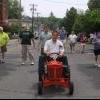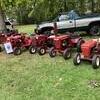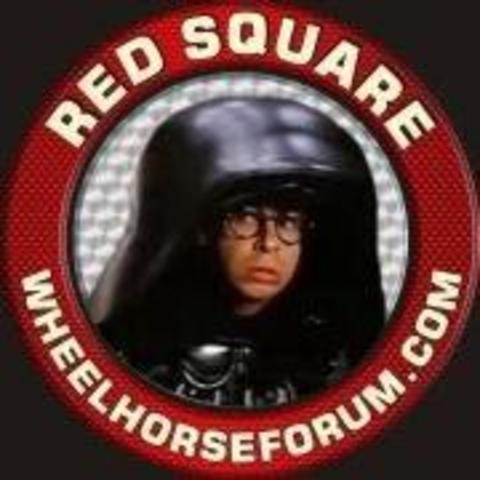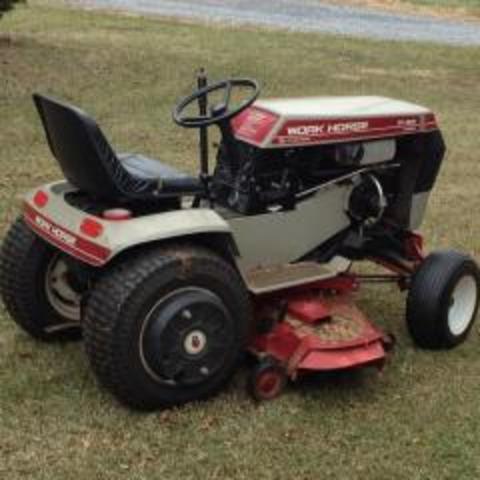By
CasualObserver
Operator manual
Illustrated parts list
6 pages 3.73MB
Illustrated parts list #A-7136
Includes PSB #023 #052 #058 #060 #080
10 pages 938.48KB
Engines used according to Toro
Clinton B1290-1107
Kohler K91-31307A
Kohler K91-31388A
Electric start kit
Electric starter kit model EC-35 for Clinton engine - Listed for 1958 and 1959
Electric starter kit model EK-35 for Kohler engine - Listed for 1958 and 1959
6-12 tire chains model TC-12 - Listed for 1958 and 1959
Seat cushion Foam rubber with imitation leather cover model FC-24 - Listed for 1958 and 1959
Transmission drive belt 1567 - (4L x 29" or 1/2" x 29")
Details & Attachments
2 pages 107.33KB
1958 model RJ-58
1958 serial numbers that have shown up for the RJ-58
Early models used Kohler K90T-27107D equipped with a Schnacke recoil unit with a backup rope starter contained under the recoil assembly and an oil bath air filter.
00005
00251
01099 - No casting date on trans. Leather gearshift boot, large, round rear wheel hubs, "slab" hitch, replacement engine
01188 - Has round rear wheel hubs
01516
01768
01789 - No casting date on trans. Leather gearshift boot, 3-ear triangular rear wheel hubs, "slab" hitch, Clinton engine with Schnacke recoil
01797
01871
02525
03177
03501 - Located in UK
03796 - Kohler K90T-27107D with serial 364044 equipped with a Schnacke recoil unit with a backup rope starter contained under the recoil assembly and an oil bath air filter.
04883
04885
05000
05619
05714
05798
06528 - May be 16528
06749
06771
07633
07649 - Transmission J12-8 October 12, 1958
07725
08440
08612
09284
09337 - Hard to read
10163
11432
11628 - # 3521 spline gear with 10 splines changed to 11 splines in 5003 and 5010 transmissions at serial # 11628 PSB #023
11916
12221 - B3-9 trans casting date - Kohler K91 engine with Schnacke recoil
12291
14473
14713
16097
16528 - May be 06528
166x6
16868 - F4-9 trans casting date - Kohler K91 engine with Fairbanks recoil, solid pan seat without holes
18348
June 2023
18500 and lower
Late 1958 units came with a Kohler K-91T-31307A equipped with a Schnacke recoil unit with a backup rope starter contained under the recoil assembly and an oil bath air filter.
------------------------------------------------------------------------------------------------------------------
Details & Attachments
2 pages 106.94KB
1959 model RJ-59
1959 serial numbers that have shown up for the RJ-59
Early 1959 units came with a Kohler K-91T-31307A equipped with a Schnacke recoil unit with a backup rope starter contained under the recoil assembly and an oil bath air filter.
18501 and up - Possible 1100 units built
20078 - Located in UK
203xx
21033
292xx
21900 - 1960 Suburban 400 began production at serial #21900 somewhere around Aug-Oct 1959.
Late model RJ-59 tractors with a Kohler would have a K-91T-31388A with the Fairbanks recoil starter and paper air filter element. The 31388A was also used on the 1960 Suburban 400.
K91T-31388A Serial 425251 found on RJ-59

 By wh315-8
By wh315-8 By CasualObserver
By CasualObserver By clip
By clip By Vaughan32850
By Vaughan32850